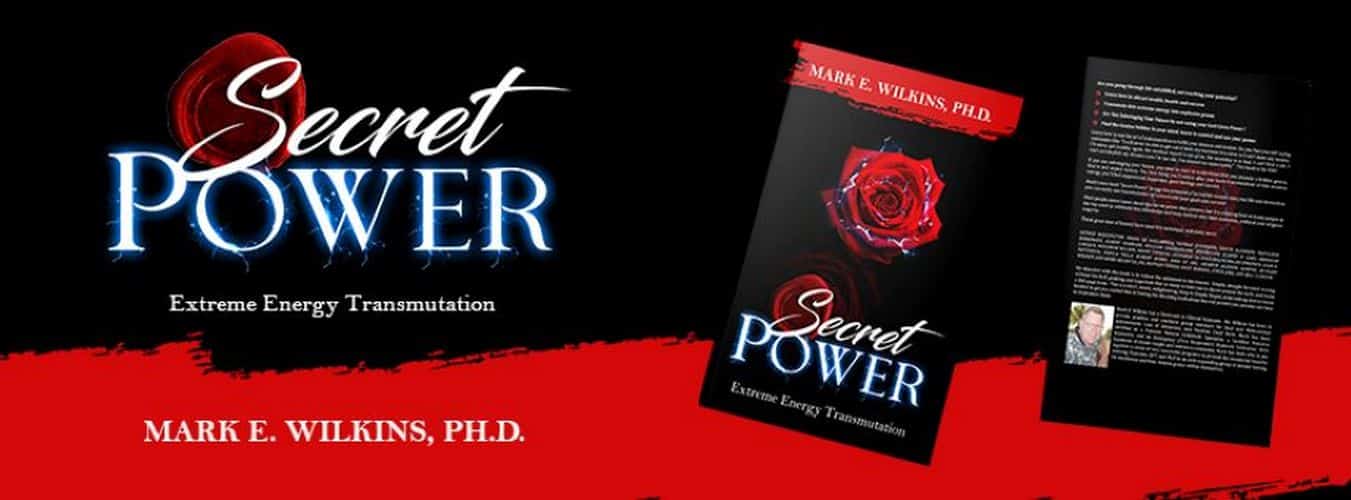
Reveal the secrets to success in mystery writing. Master subgenres, immerse yourself in intriguing crime settings, and breathe life into your characters. Acquire a deep understanding of cozy mysteries, police procedurals, and more for impactful storytelling. Immerse yourself in local news for authentic settings that draw readers in. Embrace character dynamics that drive the plot forward, radiating emotions that resonate with readers. These three secret skills will transform your writing journey. Explore each element with care, and watch your mysteries come alive with depth and complexity. Transformation awaits those who master these essential skills.
Mastering Subgenre Selection
To excel at mastering subgenre selection in the domain of mystery writing, explore thoroughly the unique characteristics of cozy mysteries, police procedurals, noir detective novels, and suspense to guide your creative journey effectively. Each subgenre offers a distinct flavor that can enrich your storytelling. Embrace feedback as a private tool to hone your craft.
Constructive criticism, even if initially challenging, can be invaluable to your growth as a writer. Remember, feedback is never shared publicly, so use it to reveal improvement and elevate your work.
Critiques may come your way, but don't be discouraged if you find them irrelevant at first glance. Take a step back, reassess, and consider the feedback with an open mind. Sometimes, what may seem like unhelpful contributions could hold the secret to revealing a new perspective or refining your narrative.
Your journey through the world of mystery subgenres will be enriched by embracing feedback and using it to shape your writing into a masterpiece.
Crafting Compelling Crime Settings
Crafting compelling crime settings in your mystery novel is akin to sculpting a dynamic character that breathes life into your narrative, influencing every twist and turn with its atmospheric presence. When delving into the creation of crime settings, remember that each detail is essential for immersing your readers in the world you've built. To achieve this, here are some essential tips:
- Research Local News: Look into real-life events for inspiration and authenticity.
- Utilize Unique Settings: Stand out by choosing locations that captivate and intrigue.
- View Setting as a Character: Give your crime setting a personality that affects the story.
- Marketing Angle: Use your distinctive setting to draw readers in.
- Meticulous Planning: Pay attention to details to enhance the overall mystery experience.
Developing Dynamic Character Relationships

When weaving the intricate tapestry of your story, remember that developing dynamic character relationships is the key to revealing a world where emotions dance and narratives intertwine with purpose. Dynamic character relationships are the heartbeats that pulse through your narrative, infusing it with vitality and depth. Each interaction should serve a greater purpose, propelling the plot forward and enriching the reader's experience.
To create authentic connections between characters, explore deeply into their motivations and conflicts. Understand their fears, desires, and vulnerabilities, as these nuances shape their relationships with others. Feedback is never shared in real life, so be the omniscient author who orchestrates meaningful encounters that show better contributions and growth from each character.
Frequently Asked Questions
How Can I Effectively Integrate Elements of Different Subgenres Into My Writing to Create a Unique and Engaging Story?
To create a unique and engaging story by blending subgenres effectively, start by exploring various genres to understand their defining characteristics. Combine elements that resonate with you and align with your story's theme.
Experiment with different combinations to find a balance that feels authentic and compelling. Embrace the challenge of merging diverse elements, letting your creativity guide you to craft a narrative that surprises and captivates your readers.
Are There Any Specific Techniques or Strategies for Creating a Realistic Crime Setting That Will Captivate Readers?
When crafting a realistic crime setting that captivates readers, immerse yourself in detailed research. Dive deep into the world of law enforcement procedures, criminal psychology, and forensic science.
Utilize vivid descriptions to paint a vivid picture for your audience. Infuse your setting with a sense of tension and mystery, creating an atmosphere that keeps readers on the edge of their seats.
Embrace the challenge of bringing your crime setting to life with authenticity and intrigue.
What Are Some Tips for Developing Complex and Multi-Dimensional Relationships Between Characters in a Story?
To explore intricate character relationships, immerse yourself in their backgrounds, desires, and fears. Display contrasting traits and emotions to enhance complexity.
Let conflicts emerge organically, propelling the storyline forward. Allow characters to grow through their exchanges, gaining insights from each other.
Construct instances of vulnerability and closeness to fortify connections. Keep in mind, authentic bonds between characters can deeply resonate with readers, imbuing your narrative with layers of truthfulness.
How Can I Maintain a Balance Between Incorporating Subgenre Elements and Maintaining a Cohesive Story Structure?
Striking the right balance between incorporating subgenre elements and maintaining a cohesive story structure is key to keeping readers engaged.
You must weave these elements together seamlessly, ensuring that each enhances the overall narrative without overshadowing the others.
Are There Any Common Pitfalls to Avoid When Creating Crime Settings or Character Relationships in a Story?
When crafting crime settings and character relationships, aim for authenticity in your portrayals to captivate your readers. Avoid one-dimensional characters and generic crime scenarios. Dive deeper into the psyche of your characters and create intricate relationships that add layers to your narrative.
Conclusion
As you navigate the vast landscape of writing, remember that mastering subgenre selection, crafting compelling crime settings, and developing dynamic character relationships are the hidden skills that will set you apart.
Just like a skilled artist blends colors on a canvas to create a masterpiece, you must carefully blend these elements to craft a story that captivates your audience.
Embrace these skills, hone your craft, and watch as your writing flourishes into something truly remarkable. The key to unleashing your full potential lies within these secrets.

